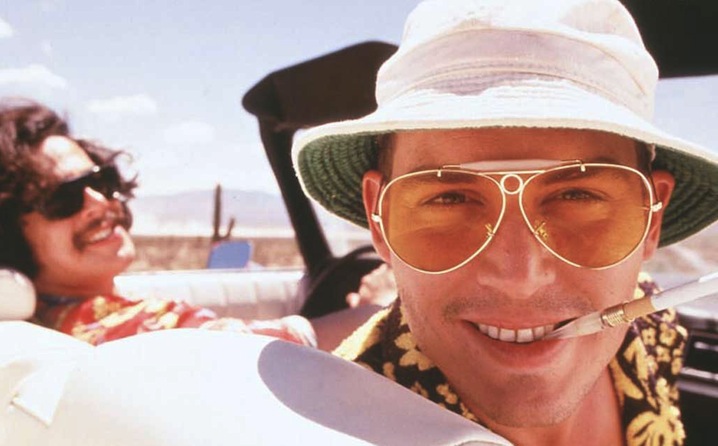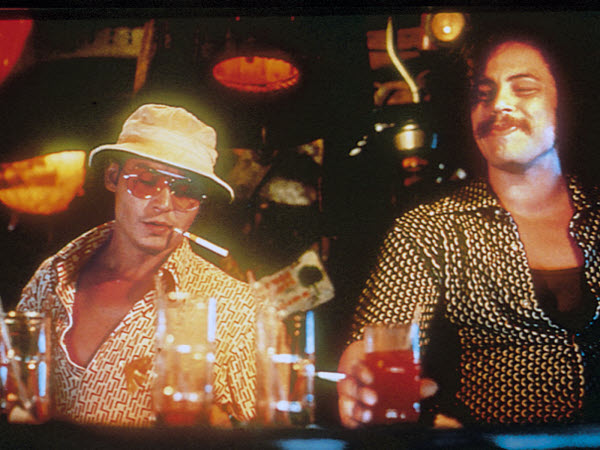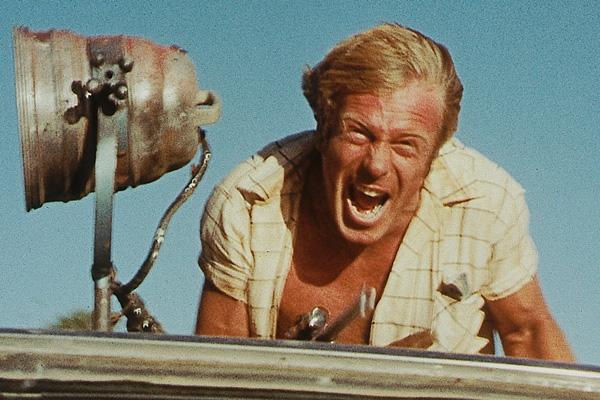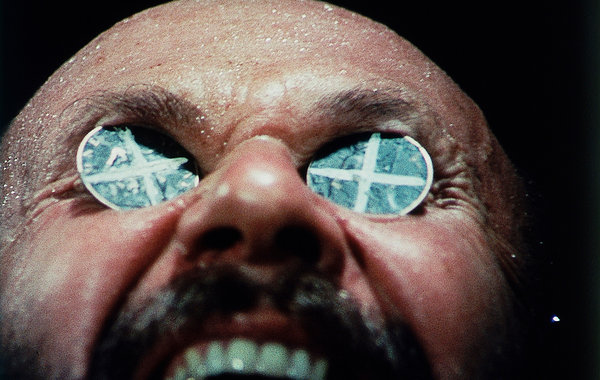by Anthony Taylor
Contributing Writer
Welcome to Apes on Film! This column exists to scratch your retro-film-in-high-definition itch. We’ll be reviewing new releases of vintage cinema and television on disc of all genres, finding gems and letting you know the skinny on what to avoid. Here at Apes on Film, our aim is to uncover the best in retro film. As we dig for artifacts, we’ll do our best not to bury our reputation. What will we find out here? Our destiny.
 AFTER HOURS – (1985) – 4K Ultra HD + Blu-Ray
AFTER HOURS – (1985) – 4K Ultra HD + Blu-Ray
5 out of 5 Bananas
Starring: Griffin Dunne, Rosanna Arquette, Teri Garr, Catherine O’Hara, Verna Bloom
Director: Martin Scorsese
Rated: R
Studio: Criterion
Region: 4K – Free, 2K Blu-Ray – Region A (Locked)
BRD Release Date: 07/11/2023
Audio Formats: LPCM Mono (48kHz, 24-bit)
Video Codec: HEVC / H.265
Resolution: 4K Ultra HD Native 4K (2160p) HDR: Dolby Vision, HDR10
Aspect Ratio: 1.85:1, Original Aspect Ratio 1.85:1
Discs: 4K Ultra HD, Blu-ray Disc, Two-disc set (1 BD-100, 1 BD-50))
Run Time: 97 minutes
CLICK HERE TO ORDER
The word absurdist is defined first as “intentionally ridiculous or bizarre; surreal,” and secondly as “relating to or supporting the belief that human beings exist in a purposeless, chaotic universe.” Only the first definition applies itself well to Martin Scorsese’s AFTER HOURS, though it can hardly be described as anything but absurdist; delightfully, absolutely absurdist.
beings exist in a purposeless, chaotic universe.” Only the first definition applies itself well to Martin Scorsese’s AFTER HOURS, though it can hardly be described as anything but absurdist; delightfully, absolutely absurdist.
Paul Hackett (Dunne, also co-producer) lives a life of soul deadening corporate drudgery by day. A chance meeting in a diner with flirty and unusual Marcy (Arquette) leads him on an increasingly ridiculous and dangerous night of pursuit, evasion, and sheer desperation to remove himself from what any sensible Chinese person would call “interesting times,” in the warehouse district of SoHo and getting back to his predictable, secure existence in upper Manhattan. On his Odysseus-like journey, he is both guided and hampered by a profusion of modern-day nymphs, cyclops, witches, and oracles, none of whom can be trusted with his safety. The real standout is O’Hara as a demented ice cream truck driver who literally glows onscreen. Her turn in the long line to pummel Hackett is enhanced by her determination to utterly destroy him once she becomes convinced that he’s the serial burglar that’s been plaguing the neighborhood (in reality the work of a pair of likable no-goodniks played by Cheech and Chong).
Scorsese, drawn to the material as a recent SoHo resident himself after a fallow point in his career. THE LAST TEMPTATION OF CHRIST was  cancelled by the studio after four years of preparation and his recently released THE KING OF COMEDY was proclaimed Flop of the Year by Entertainment Tonight. It seems an awkward choice to direct the film, but he clearly felt a thematic resonance to Hackett’s predicament and handles his duties with aplomb, as one might surmise in retrospect.
cancelled by the studio after four years of preparation and his recently released THE KING OF COMEDY was proclaimed Flop of the Year by Entertainment Tonight. It seems an awkward choice to direct the film, but he clearly felt a thematic resonance to Hackett’s predicament and handles his duties with aplomb, as one might surmise in retrospect.
Criterion Collection’s 4K UHD presentation of the film is a triumph both visually and auditorily. The story takes place almost exclusively at night, and cinematographer Michael Ballhaus‘s location shots in SoHo are gorgeously viewable with dense shadows and subtle light effects where appropriate. The uncompressed audio track is newly remastered from the original mono soundtrack and very well balanced – no scrambling for the remote to increase volume for dialog or decrease it for loud sound effects. Howard Shore’s music is mated at just the right level. Sporting a brand-new digital transfer approved by editor Thelma Schoonmaker, this is the best possible viewing one may have of the film.
The supplemental materials included are worthy of the presentation; a new interview with director Scorsese by writer Fran Lebowitz (If you saw AFTER HOURS in 1985 and had spent any time in New York City, there are numerous inside jokes aimed directly at residents. Scorsese and Leibowitz discuss this at length.), audio commentary featuring Scorsese, Schoonmaker, director of photography Ballhaus, actor and producer Griffin Dunne, and producer Amy Robinson, a documentary on the making of the film featuring Dunne, Robinson, Schoonmaker, and Scorsese, a new program on the look of the film featuring costume designer Rita Ryack and production designer Jeffrey Townsend, as well as deleted scenes, the trailer, and an essay by critic Sheila O’Malley which is illustrated with the wanted poster of Dunne from the movie.
the look of the film featuring costume designer Rita Ryack and production designer Jeffrey Townsend, as well as deleted scenes, the trailer, and an essay by critic Sheila O’Malley which is illustrated with the wanted poster of Dunne from the movie.
I confess that AFTER HOURS has been a non-guilty pleasure of mine since its initial release. Though Dunne remains as polite as he possibly can be throughout the film, there are a few instances where the constant ridiculousness wears him down and his performance becomes a true joy to watch. The film’s conclusion also puts the perfect cap on the theme of the film – sometimes you can escape the mundanity of life and sometimes you shouldn’t even try. Heartily recommended viewing.
Anthony Taylor is not only the Minister of Science, but also Defender of the Faith. His reviews and articles have appeared in magazines such as Screem, Fangoria, Retro Fan, Famous Monsters of Filmland, SFX, Video WatcH*Dog, and many more. He is the author of the book The Art of George Wilson from Hermes Press.
Ape caricature art by Richard Smith.





















